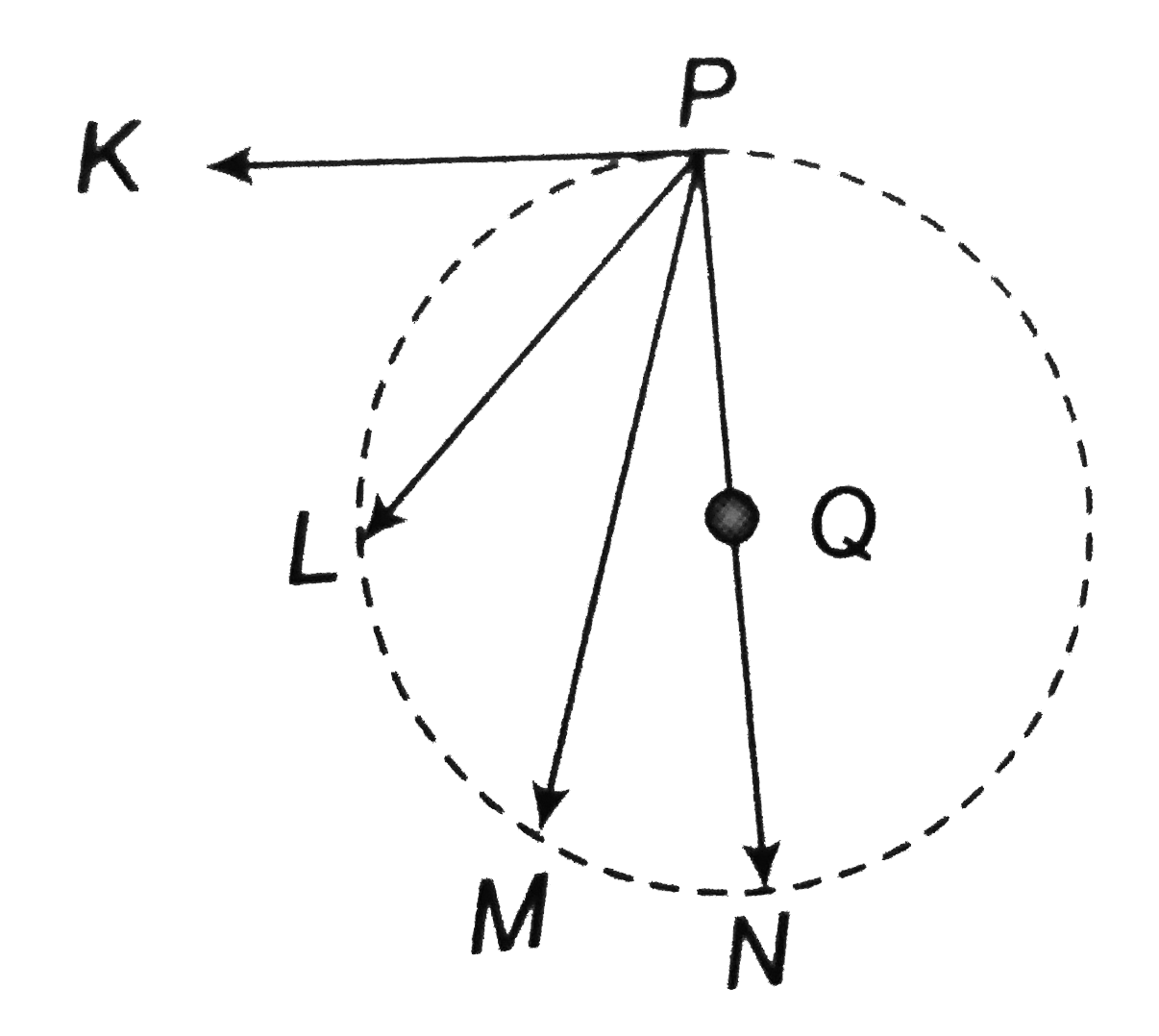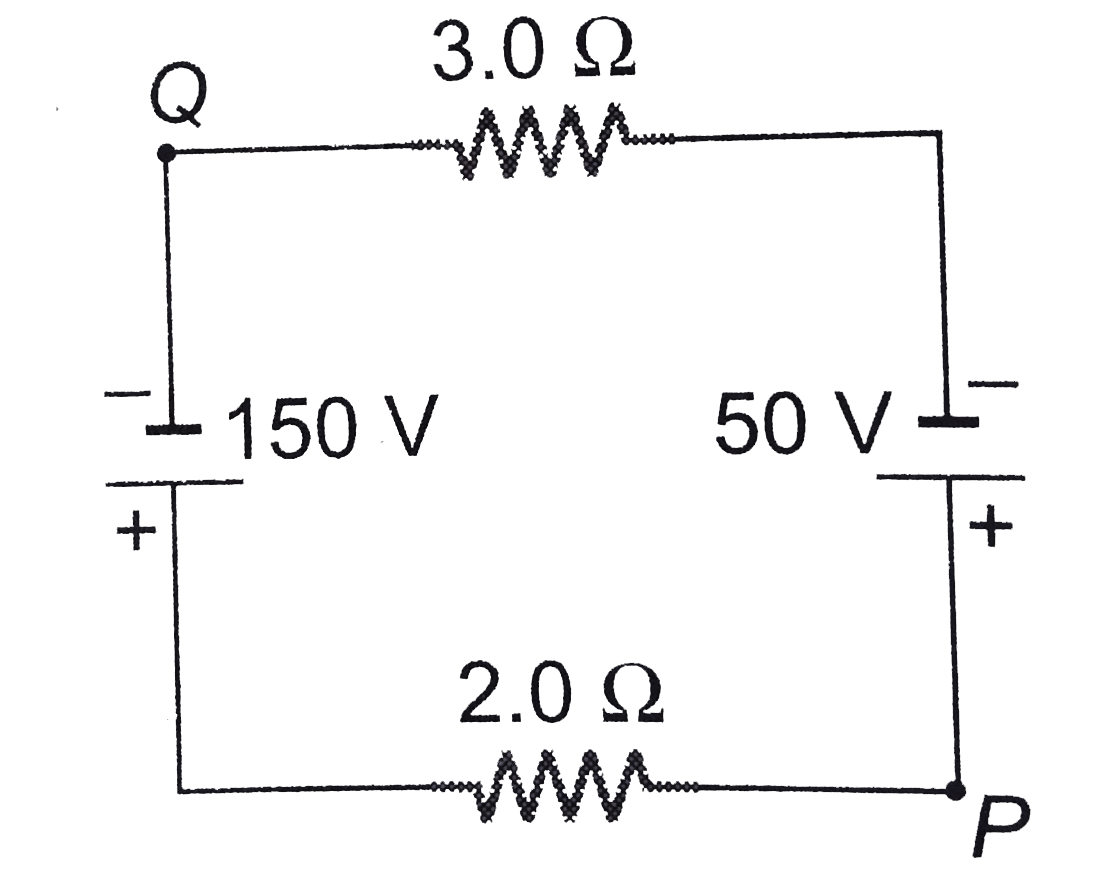The potential of a charge q1 is +10V at the point P .When we bring another charge q2 ,the potential at P becomes 4V.Then q2 is
Step by step video & image solution for The potential of a charge q_(1) is +10V at the point P .When we bring another charge q_(2) ,the potential at P becomes 4V.Then q_(2) is by Physics experts to help you in doubts & scoring excellent marks in Class 12 exams.
Similar Questions
A charge q1=2.00μC is located at the origin , and a charge q2=−6.00μC is located at (0,3.00)m.
(a) Find the total electric potential due to these charges at the point P hose coordinates are ( 4.00,0) m .
( b) Find the change in potential energy of the system of two charges plus a charge q3=3.00μC as the latter charge moves from infinity to point P .View SolutionA positive point charge q1 is placed at (a,0) and another positive point charge q2 is placed at (0,a) . Find the force acting on q1.
View Solution
Knowledge Check
- Question 1 - Select One
The potential energy of a charged conductor of charge (q) and potential (v) is given by
A12qvB12q2vC12qvD12qv2 - Question 2 - Select One
A point charge q1 is placed inside cavity 1 and another point charge q2 is inside cavity 2. A point charge q is placed outside the conductor. For the situation described above, answer the following questions.
If the potential of the conductor is V0 and charge q2 is placed at the center of cavity 2, then potential at point Q isAq24πε0r'2+V0Bq24πε0(1r'2+1r2)+V0Cq24πε0(1r'2−1r2)+V0DV0 - Question 3 - Select One
In the firgure the charge Q is at the centre of the circle. Work done is maximum when another charge is taken from point P to
 AKBLCMDN
AKBLCMDN
The potential difference (VP−VQ) between the points P and Q in the part of a circuit as shown in figure is
_PHY_E05_026_Q01.png) View Solution
View Solution‘A point charge +Q is placed at point O as shown in the figure. Is the potential difference VA–VB positive.
 View Solution
View SolutionA battery is used to charge a parallel plate combination of two identical capacitors. If the potential difference across the battery is V and the total charge Q flows through the battery during the charging process then 1) The charge on each capacitor is Q/2 and the potential of each capacitor is V/2 2) The charge on each capacitor is Q and the potential of each capacitor is V 3) The charge on each capacitor is Q/2 and the potential of each capacitor is V 4) The charge on each capacitor is Q and the potential of each capacitor is V/2
View SolutionIn Figure if the potential at Point P is 100V, what is the potential at point Q?
 View Solution
View SolutionThe potential at a point P' on the axial line of the short dipole on the side of positive charge is 10V. Then the potential at the same point when dipole was reversed will be
View Solution
